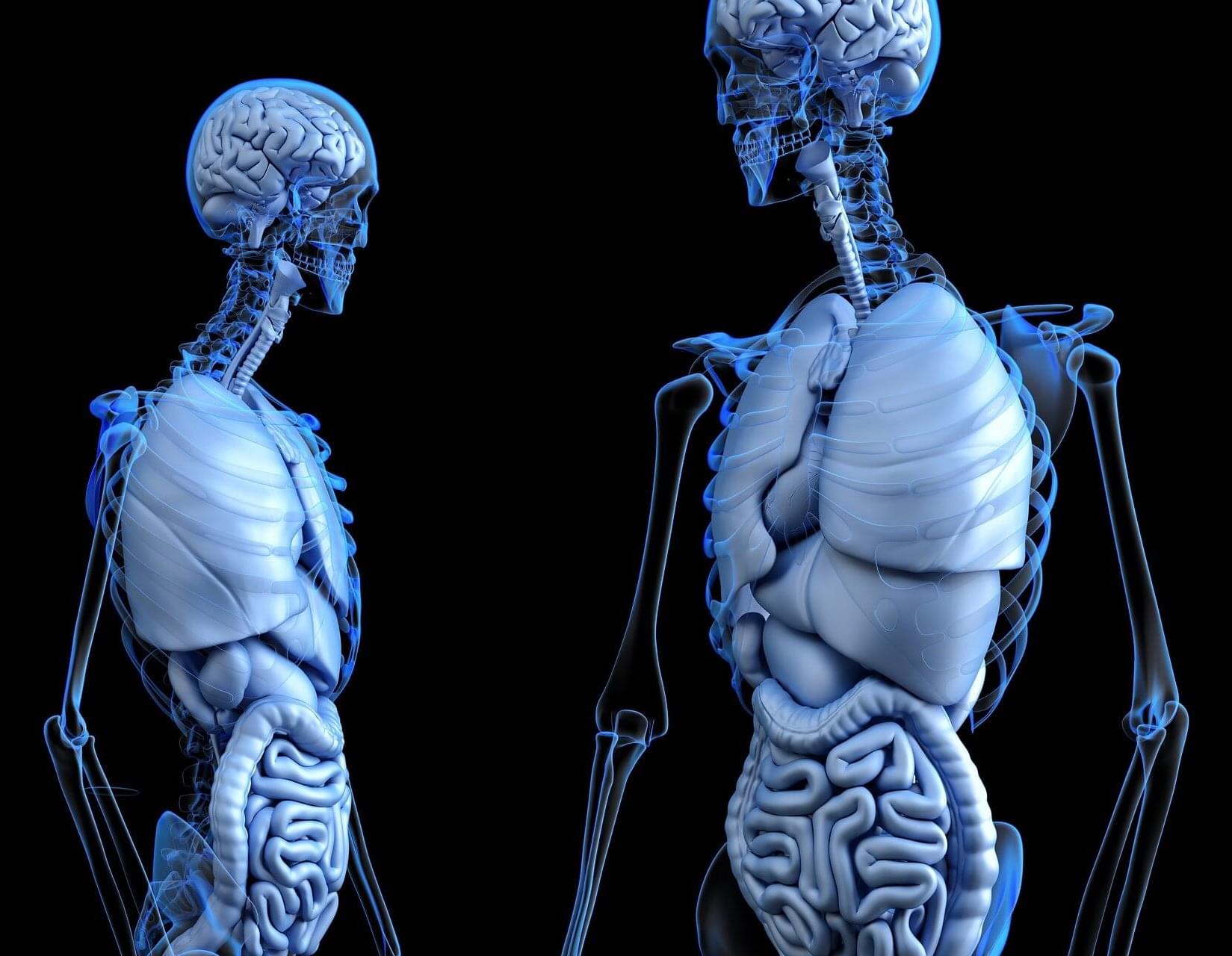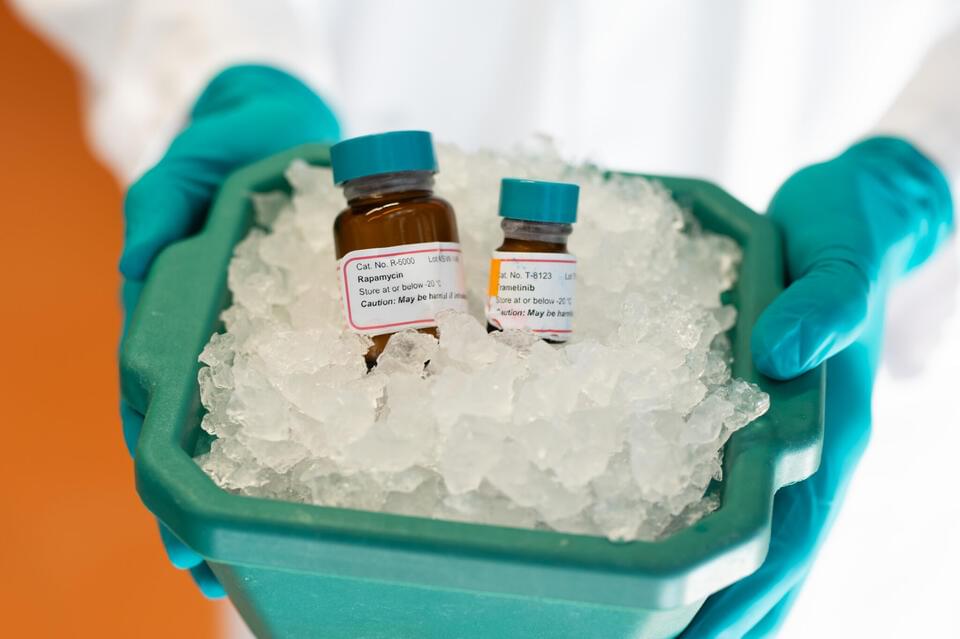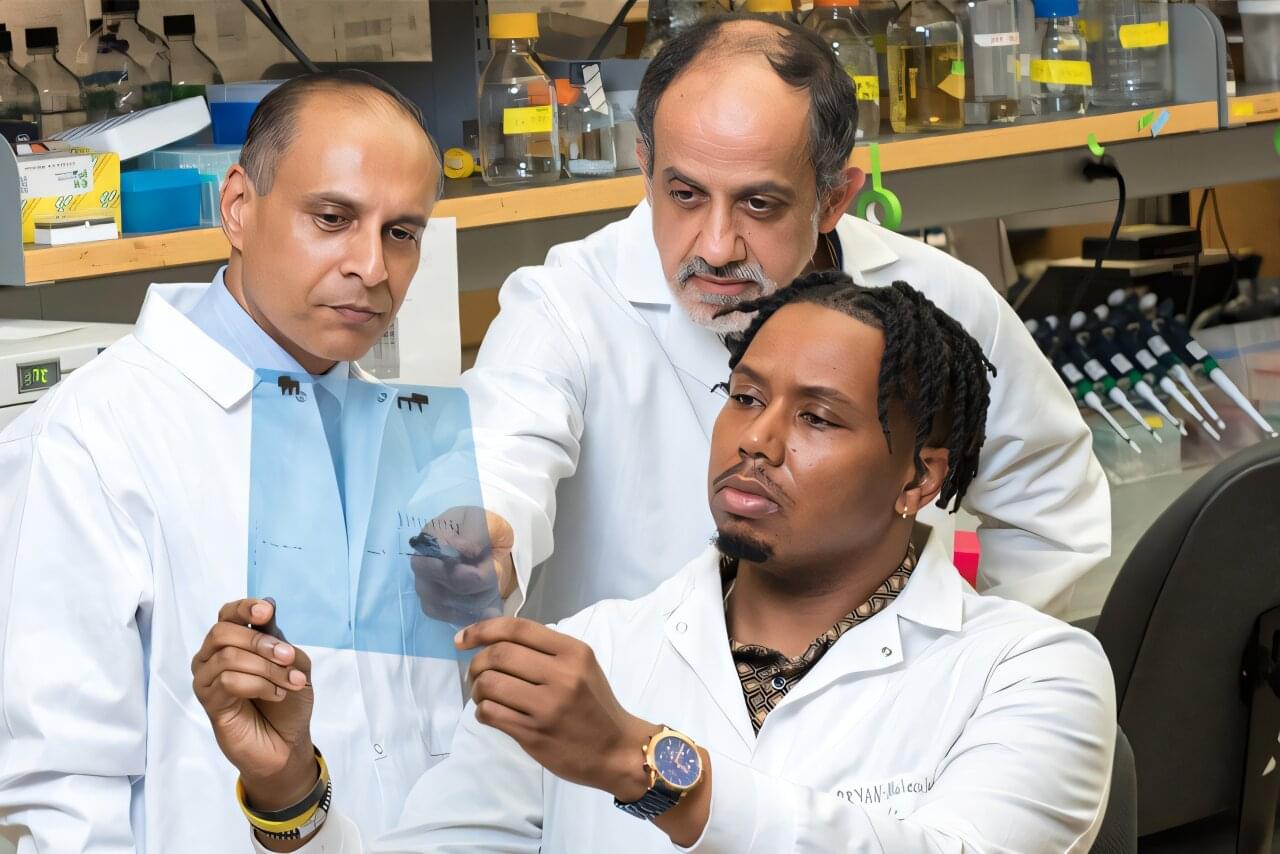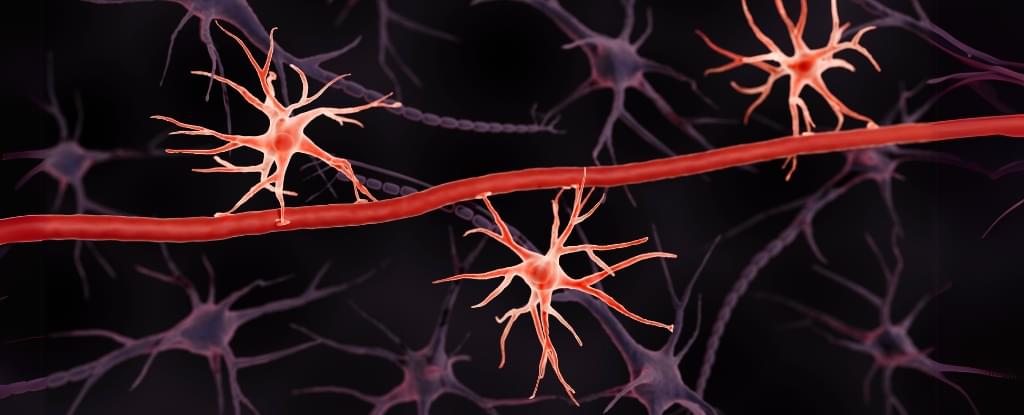The brain is a unique place. It is shielded from much of the body by the blood-brain barrier, meaning it’s protected from pathogens and potentially dangerous substances that might be in our blood. And historically, many scientists believed that separation extended to the immune system as well: the brain has its own specialized immune cells called microglia, but immune cells present in the rest of the body were long thought to steer clear of the brain unless there was a disease or other problem requiring their presence.
Now, a team of scientists from Yale School of Medicine (YSM) has shown that immune cells known as T cells reside in the healthy brains of mice and humans, trafficked there from the gut and fat. This is the first time T cells have been shown to inhabit the brain under normal, non-diseased conditions.
The findings are published in Nature.








